Design
Behind the design: Where stop-motion starts.
Step behind Bellroy's creative curtain with Jimmy Gleeson
On accepte
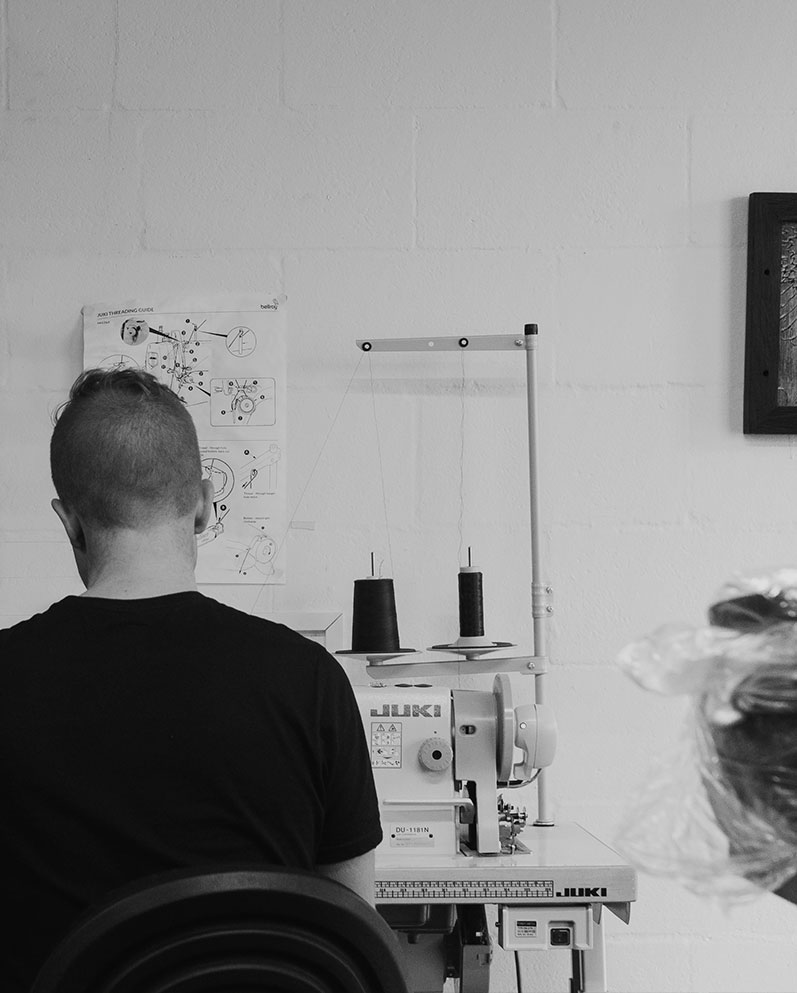
We can talk about the intention behind our bags; about how much we geek out over performance and design; and about the functionality that make life’s transitions easier, more seamless. But what does it actually mean for you when you’ve slung the Shift Backpack over your shoulder for the morning ride, or packed a six-pack in with your laptop for an after-work catch up?
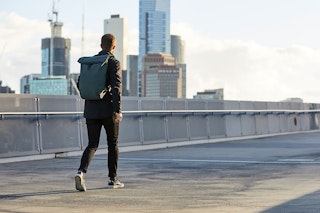
We design our bags to get better, and more enjoyable, with use. With details that reveal their real, lasting benefit to you when you least expect it. Our co-founder, Andy Fallshaw, sums it up when he says he hopes the most common response from a customer is this: “The more I use it, the more I understand why every part is the way it is.”
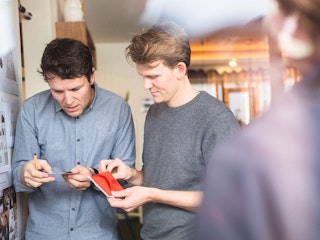
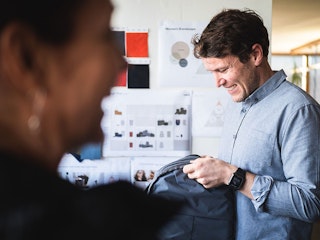
I’ve got this theory,” he says, “that personality hides in the transitions. When you think about actors who capture you – beyond their acting ability – it’s those who give you a glimpse behind the mask when they’re in transition to the next mode. All of a sudden, they’ve got you. You’re seeing the real personality. I believe it’s the subtleties that people enjoy discovering most.”
And so, it’s with this philosophy that we design our products, and the subtleties that give them life. The Shift Backpack is our most recent example. We spoke to our designers about the details that give it life – and the moments in which you’re likely to discover them.


“When you throw something in a bag, it will fall to the bottom, centre. So we have left that zone open, and given you pockets that fill the unused space at the top and sides where everything you need to access is easy to reach.” – Andy
The discovery moment: When you realise you can carry a melon home in your bag (should you need to) – and not crush a single valuable.
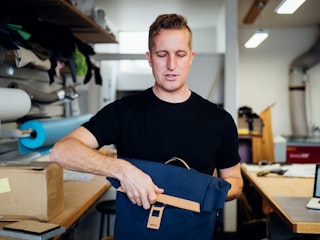
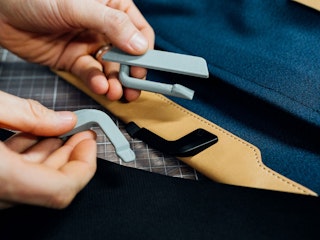
“With our flap closure, we knew we wanted to develop something from scratch. Something that would close effortlessly from different heights, without any noise, with one hand, only using friction and tension to do it. We started researching off-the-shelf options. And in doing so, we discovered they were all kinda broken.
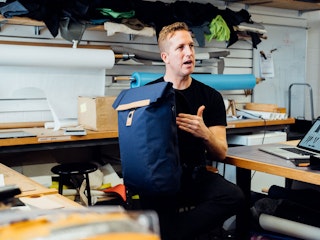
Existing hooks are essentially flat, which means they can easily slip out. And when trying to close a bag one-handed, it takes a lot of twisting of your wrist. So we started exploring what a 3D barb could look like – using coat hangers to begin with. If you look at the Slide Hook, you’ll see the contours of it. Its thin nose allows you to scoop it through the loop easily. The ridge keeps it tight. And the arm has a raised locking mechanism on the end. Plus, the rigid structure across the flap means you can maneuver it with one hand.” – Designer, James Jeffrey
The discovery moment: When you’re standing at the checkout, watching everyone try and juggle paying with one hand and closing their bag with the other (unsuccessfully). And you look thankfully at your Slide Hook that knows the true meaning of single-handed operation.

“Making products that can be used and loved for as long as possible is our overarching goal, so we look for classic fabrics that are dependable and won’t go out of fashion. We lab test our fabrics for strength, colour fastness and abrasion resistance – and we field test them to make sure they are loved out in the real world.” – Designer, Sheena Denmead
“With our Venture-weave, the subtle crimping of the yarn creates interest and surface appeal. And the slight color variation that occurs because of the unique weave is one of the biggest things to help keep it looking clean. The more even a color is, the easier it is to spot any flaw or fleck of dirt.” – James
The discovery moment: When you accidentally spill your black coffee on your bag, and notice that it not only rolls off the surface of the bag, but you can barely even see it as it does.
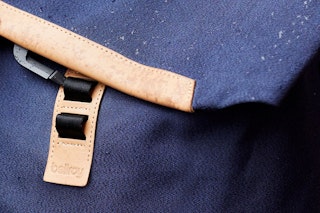
“In the carry world, performance and office-appropriateness are almost always mutually exclusive. If an office pack is blessed with a lovely silhouette, all that magic can end at a flat back panel and thin, straight shoulder straps. On the flip side, if a pack has the harness to ride well on a bike, it walks into the office with dangly compression straps and hydration tubes. It’s a hard balance to find. It was this ‘balance’ that inspired us to create the Shift.” – James
The discovery moment: When you come to the conclusion that pockets are useful, but cargo pants aren’t the way to go. And a backpack with lots of internal pockets but a clean exterior is the right kind of office appropriate.
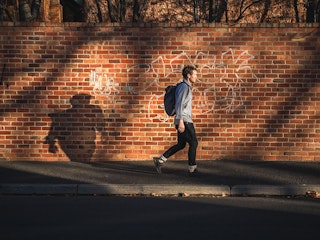
“How do we make it loved more after 1000 days? Focus on lasting style over fashion and fads. Design bags that can adapt to more things. Use materials that will brush down well and keep your stuff dry. Include padding to keep it comfortable for those times when you do end up carrying longer than usual...” – Andy (he kept going, but we think you get the idea.)
The discovery moment: When you realize you’ve had this bag for 1000 days (give or take). And you actually love it more now, than you did on day one…
Shop the Shift Backpack
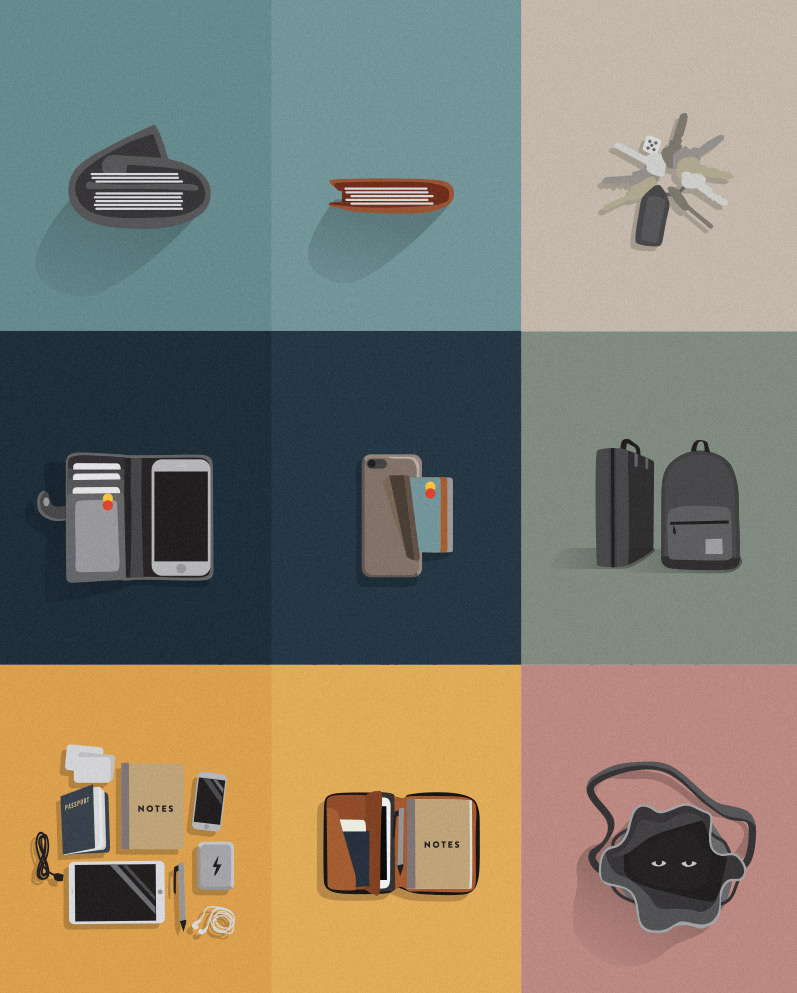
Step behind Bellroy's creative curtain with Jimmy Gleeson

Designers Edition lead designer, Davin Hanna, shares his perspective on design, and the process that guides it.

As design heroes go, few others speak to Bellroy's guiding principles quite as coherently as Patagonia.